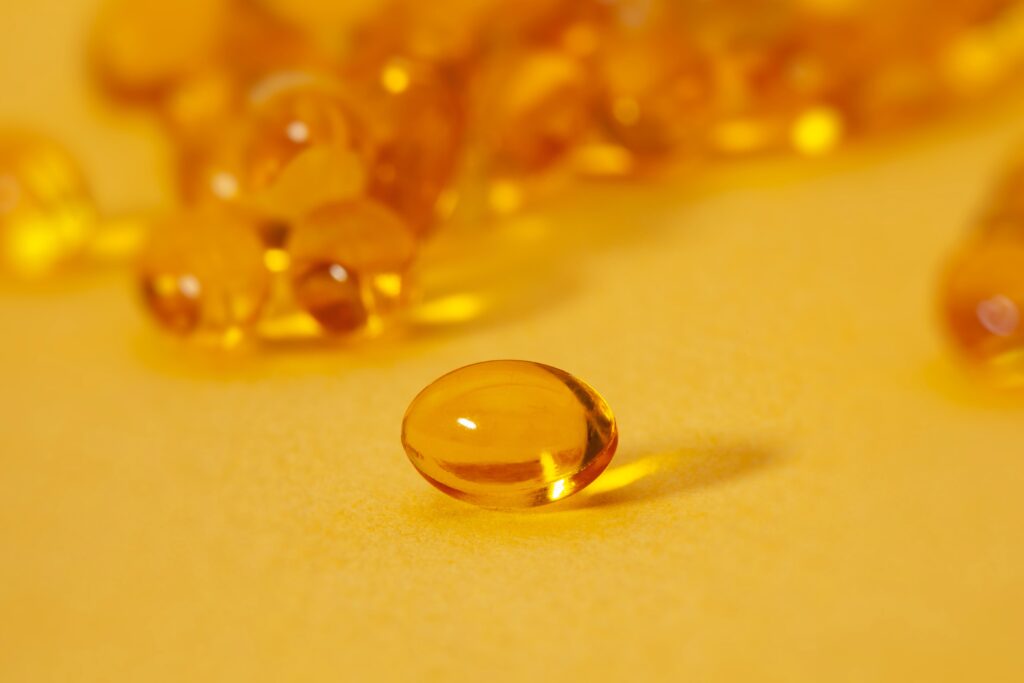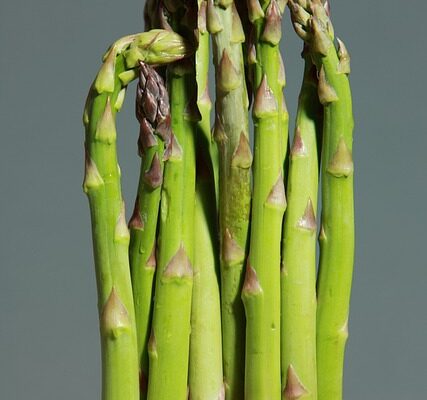A microbiome diet is a three-phase approach that starts with an elimination diet that eliminates common “trigger” items like soy, corn, eggs, and Dairy. As you progress through the phases, the diet becomes less restrictive, and by the conclusion of phase three, you should be eating predominantly gut-friendly foods.
Microbiome diet ideas abound on the internet, but you may also try anti-inflammatory and Mediterranean foods, many of which are also beneficial to your stomach. The microbiome diet is described in depth in Dr. Kellman’s book (notice that there are several publications with similar titles).
What You Should Know
The microbiome diet has no time constraints. Dr. Kellman supports intuitive eating, or eating when you’re hungry and quitting when you’re full, during all three phases of the plan. Those following this strategy are also urged to avoid calorie counting and portion tracking.
Phase 1: The Four R’s
The first phase of this diet is the most restrictive, and it is expected that most people will skip it. During this 21-day period, you must abstain from a wide range of beneficial foods, including soy, grains, Dairy, eggs, legumes, and starchy fruits and vegetables. However, you will eliminate sugar and artificial sweeteners, packaged meals, fillers, and coloring, which can be beneficial to your health.
Organic, prebiotic-rich foods like asparagus, garlic, leeks, and onions, as well as fermented foods like sauerkraut and yogurt, are the key foods advised in phase one. The first phase is based on the “Four R’s”:
Remove: Get rid of everything that could be contributing to an imbalanced microbiota, such as added sugar, hormones, antibiotics, and pesticides are included.
Repair: Eat a lot of plant-based meals and take supplements to help your gut heal after years of being harmed by processed foods and chemicals.
Replace: To increase the quality of bacteria in your gut, use herbs and spices, as well as supplements that can replace stomach acid and digestive enzymes.
Reinoculate: Consume probiotic and prebiotic-rich foods to replenish your gut with beneficial microorganisms.
Phase 2: The Metabolic Boost
Based on the notion that the first 21 days helped your gut become stronger, this 28-day phase gives a bit more flexibility. Dairy, free-range eggs, legumes, and gluten-free grains, as well as some starchy fruits and vegetables like sweet potatoes and bananas, are now permitted.

During phase two, you must still avoid particular foods 90% of the time. This essentially means that you can eat a few portions of gut-damaging foods like soy, corn, and potatoes once a week.
Phase 3: Lifetime Maintenance
According to Dr. Kellman, by phase three, your stomach should be “healed” or almost so. The third phase of the microbiome diet is the maintenance phase, during which you can introduce back even more items. Followers of the microbiome diet are urged to continue eating this way for the rest of their lives.
Dr. Kellman notes on his website that as a general guideline, avoid “damaging” meals, listen to your body’s instincts, and pay attention to what foods work and don’t work for you.
What to Eat
- Fruits and vegetables that are not starchy
- Protein that is lean
- Fish with low mercury levels
- Except for peanuts, nuts, and seeds are allowed.
- Foods rich in prebiotics and probiotics
What You Shouldn’t Eat
- Prepackaged foods
- Gluten and grains
- Soy, high fructose corn syrup, and sugars added
- Sweeteners made from artificial ingredients
- Hydrogenated oils and trans fats
- Potatoes with corn
- Meat from a deli
- Peanuts
- Foods that have been fried
- Dried fruit and fruit juice
- Fruits and vegetables with a high starch content
- Eggs
- Dairy products (excluding butter and ghee)
- Except for chickpeas and lentils, legumes
- Yeast and yeast-containing foods
- Fruits and vegetables that are not starchy
On the microbiome diet, you’re urged to consume a lot of berries, leafy greens, and other non-starchy produce, which are known to have anti-inflammatory and antioxidant properties. Avocados, tomatoes, cherries, kiwi, citrus fruits, and coconut are examples of non-starchy fruits. Asparagus, artichokes, onions, radishes, and leeks are examples of non-starchy vegetables.
Protein that is lean
Except for eggs, which can be reintroduced later, almost all animal protein sources are permitted on the microbiome diet. Dr. Kellman advocates for the consumption of grass-fed meat. When selecting ground meats, seek those with the lowest fat content.
Fish with Low Mercury
Mercury is hazardous to humans, and Dr. Kellman, like many other health experts, advises avoiding seafood with high mercury levels. Salmon, trout, whitefish, mackerel, catfish, and sardines are all low-mercury fish.
Seeds and nuts
With the exception of peanuts, the microbiome diet allows you to consume a variety of nuts and seeds, as well as nut butter, without added sugar. Nuts and seeds can aid in weight loss, lower cholesterol, and reduce inflammation because they are high in healthy fats, fiber, and protein.
Foods High in Prebiotics and Probiotics.
These are the foundation of the microbiome diet, and you should include both prebiotic and probiotic items in your diet. Prebiotic-rich foods include artichokes, leeks, onions, dandelion greens, asparagus, and bananas—but keep in mind that bananas aren’t allowed until phase two of the diet.
Examples of probiotic foods such as kombucha, sauerkraut, pickles, tempeh, miso, kefir, and yogurt. However, soy and Dairy are not permitted during the program’s initial phase.
Prepackaged Foods
Fillers, additives, colorings, and chemicals are frequently found in packaged goods, in addition to added sugar and sodium. Because packaged foods include so many potentially hazardous substances for the gut, they should be avoided at all times on the microbiome diet.

Gluten and grains
Grains, particularly those containing gluten, have been linked to inflammation in certain persons. You should avoid grains totally until phase two when gluten-free grains like quinoa and amaranth can be reintroduced. When you reach phase three, you can begin reintroducing other whole grains into your diet, but Dr. Kellman advises keeping an eye out for any signs of intestinal discomfort.
Soy and soy products are still controversial in the microbiome diet. This is because most soy is genetically engineered and includes isoflavones, which gave rise to the myth that soy promotes breast cancer—which, according to most research, is not the case.
However, new research reveals that soy meals may potentially be advantageous to gut bacteria.5 Prebiotic fiber is abundant in whole soy products.
Sugars and high fructose corn syrup
In conjunction with the traditional American diet (high fat, high carbohydrate, and low fiber), high fructose corn syrup and other added sugars may have a deleterious impact on gut microorganisms. These sugars are also linked to memory problems, insulin resistance, and an increased risk of metabolic disease and inflammation.
Synthetic Sweeteners
Some artificial sweeteners may have an impact on the gut flora in both beneficial and harmful ways. The true method by which artificial sweeteners interact with the human gut, however, is unknown. More research is still required.
Hydrogenated Oils and Trans Fats
Artificial trans fats and hydrogenated fats are created by injecting hydrogen molecules into vegetable oils, causing the oil to solidify from a liquid at room temperature. The popular baking ingredient Crisco is a hydrogenated substance.
These fats are harmful to one’s health and have been linked to heart disease, diabetes, and arthritis. Trans fats are also harmful to gut microbes and can cause dysbiosis (a microbial imbalance).
Potatoes with corn
Starchy diets can have an effect on the composition of your gut flora. Many carbohydrates are resistant to digestion, causing the microbial habitat to change. Because not all carbohydrates have been evaluated, it is recommended that you avoid corn, potatoes, and other starchy fruits and vegetables at first.
Meat from a Deli
Processed meat should be avoided in favor of fresh, lean meats as healthier options.
Peanuts
Peanuts, which are frequently misidentified as tree nuts, are actually legumes. Many diet groups, notably paleo devotees, avoid legumes. Peanuts are also a significant allergy. Peanuts, on the other hand, have been shown to boost gut health in those who can handle them.11 Fried Dishes
You’re probably aware that fried meals are bad for you. The main reason to avoid them is that they diminish the diversity of gut microorganisms. In general, the healthier your gut microbiome is, the more diversified it is.
Dried Fruit and Fruit Juice
Fruit juice and dried fruit should be avoided on the microbiome diet due to their high sugar content.
Eggs
Dr. Kellman is focused on how eggs are created rather than the eggs themselves. All eggs should be avoided until phase two, but when you do, choose free-range, antibiotic-free eggs.
Dairy (With the exception of butter and ghee) Dairy, or the milk sugar lactose, is a common digestive irritant. Dr. Kellman suggests eliminating Dairy until phase two of the microbiome diet, with the exception of butter and ghee. Then you can start eating probiotic-rich kefir and cow’s milk yogurt.
Except for chickpeas and lentils, legumes
Legumes have a negative image when it comes to gut health owing to the presence of lectins, which have been linked to inflammation and gut lining damage. But we also know that legumes have numerous health benefits. Yeast and Yeast-Containing Foods.
On the microbiome diet, it is recommended that you avoid yeast because too much yeast consumption can lead to Candida overgrowth or other fungal illnesses in the gut.

Supplements
Dr. Kellman suggests taking a few supplements on the microbiome diet in addition to eating gut-friendly foods.
- Berberine
- Butyrate
- Caprylic acid is a kind of acid.
- Carnosine
- Garlic
- Glutamine
- Glucosamine
- Extract of grapefruit seed
- Oil of oregano
- Supplements for probiotics
- Quercetin
- Zinc Vitamin D
You don’t have to take all of these supplements to have a balanced diet, but specific supplements can sometimes help to fill vitamin gaps. Remember that health claims made by dietary supplement producers are mostly unregulated by the US Food and Drug Administration (FDA).
